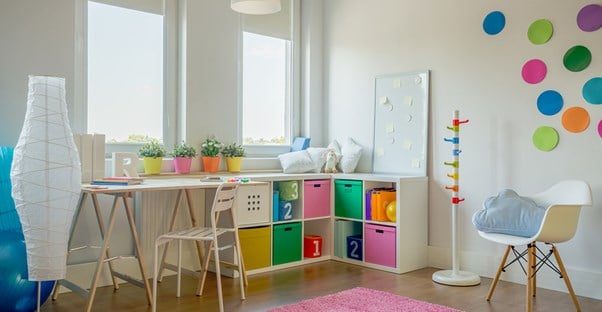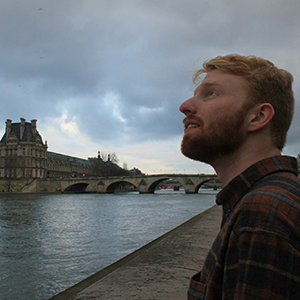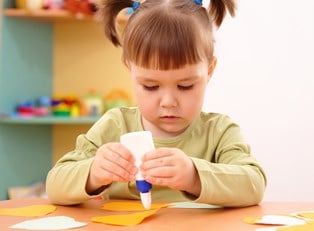Education has never been “one size fits all." Children need a learning environment where they can thrive and develop the necessary skills to become healthy, independent adults. When trying to find a good fit for your child, it’s important to consider all of the options in your area. If you go with the first school you find, you may not be putting your children in an environment that’s best for them. So, how do the different types of preschool stack up against one another? Let’s take a look at some of the most popular choices.
Bank Street
Bank Street schools focus on a well-rounded education, with time devoted to academic studies as well as emotional development. Their philosophy is centered around the idea that people learn best through experience, rather than through memorization. The active learning is meant to develop strong problem-solving skills, specifically through putting together puzzles and building structures.
HighScope
Using a more hands-on approach to learning, children in HighScope programs focus on activities where children are creating and putting the skills they learn into action. This is one of the preschool options with the most rigorous schedule, having students follow a strict daily routine of activities. While artistic skills are still valued in this setting, there is a larger focus placed on the application of direct academic knowledge. Students will work toward math and literacy goals as they prepare for kindergarten.
Montessori
Montessori schools aim to unlock the creative potential of children by giving them space to make their own choices. Through a series of hands-on tasks, children develop and strengthen skills that will help them in their social and academic development. All teachers are highly educated in the area of child development, and they stand back to let children learn for themselves rather than pushing them in any direction. Montessori is best for students who do not need a strict schedule in order to be productive.
Parent Co-Ops
These schools give the parents the ability to have a direct hand in the education of their children. In parent co-ops, parents and teachers work together to find which measures are right for each specific child. This ensures that children are constantly in an environment conducive to learning, whether in school or at home. These schools demand more time and energy from parents, but the results can be extraordinary.
Reggio Emilia
Reggio Emilia schools, one of the highest growing preschool options in the United States, were first established in Italy after World War II. These schools regard the arts as a means of self-expression. Because there’s no formal curriculum, instruction is flexible and often led by the children themselves. Students participate in arts and crafts, as well as a variety of other projects which give them an environment to display their creative abilities.
Waldorf
Similar to Montessori preschools, Waldorf schools allow students to make their own decisions regarding their education in hopes of equipping children with the tools needed to develop healthy social and emotional intelligence. The main goal of Waldorf schools is to unlock a natural curiosity about learning within children by letting them use their unique talents in the classroom. All activities are led by instructors who have gone through the specialized Waldorf training and received certification.




